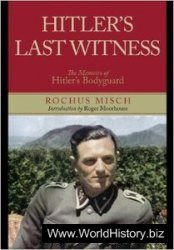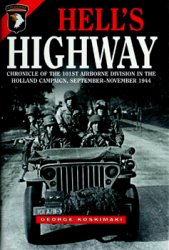The emergence and development of British historical archaeology during its first three decades (1950s-1970s) occurred outside of the dominant museum and university institutions of prewar British archaeology.
The process was driven by three successive, but overlapping impulses: the emergence of ‘local studies’, the rise of ‘rescue archaeology’, and increasing efforts toward the ‘consolidation’ of post-medieval and industrial archaeology as more established and respected fields of enquiry.
Local Studies
The first impulse, toward ‘local studies’, developed during the years of rapid social and material change that followed World War II, when public interest in the remains of local, industrial, and urban history grew markedly. Primarily an English (rather than British) phenomenon, it was driven by the efforts of avocational archaeologists, special interest groups, museum-based archaeologists, and Workers’ Educational Association and university extramural tutors who ran classes in places such as Bristol, Birmingham, and Leicester. A number of distinctive approaches to studying the material remains of the recent past developed, grounded not in excavation but in field trips and ‘parish surveys’ which emphasized topographical survey and historic map analysis. No firm distinctions between medieval, post-medieval, or industrial material generally existed in such work. Rather, the field was closely bound up with emerging concerns around conservation and the apparent destruction of the contemporary historic landscape. Local studies formed part of a new postwar rediscovery of the English countryside associated with the rise in private car ownership and changes in industrial manufacture. Particularly influential was the work of landscape historians Maurice Beresford (especially his 1957 book History on the Ground) and W. G. Hoskins (especially his 1967 book Fieldwork in Local History). Meanwhile, a distinctive tradition of Scottish rural settlement studies, exemplified by the work of Horace Fairhurst, also began to develop - pointing out how little understood Scottish rural settlement was between the Iron Age and the eighteenth century. Such work laid the foundations for the historical landscape archaeology of the 1970s and 1980s (also discussed below).
Rescue Archaeology
While rural landscapes were the primary focus of local studies, the archaeological mitigation of the large motorway projects of the 1960s and 1970s virtually never engaged with post-medieval material, focusing instead upon prehistoric, medieval, and especially Romano-British material. A small number of influential rural excavation projects did nevertheless take place, usually focusing on the medieval-post-medieval transition. Most notable were the excavations at the deserted medieval village of Wharram Percy in Yorkshire (abandoned during the early sixteenth century) which ran for successive summer seasons between 1950 and 1990 under the direction of John Hurst and Maurice Beresford; Michael Jarrett and Stuart Wrathmell’s excavations at the village of West Whelpington in Northumberland (abandoned c. AD 1720); and Barry Cunliffe’s combination of excavation and standing buildings recording at Manor Farm, Chalton, Hampshire between 1966 and 1972, which traced the development of the farm buildings from the thirteenth to the twentieth centuries.
The situation in the countryside was in stark contrast with that in English cities. In the face of the urban rebuilding programs that took place after the war, urban archaeological excavations were undertaken on an entirely new scale. While the work of the Guildhall Museum in London (from 1949) was particularly prominent, between the 1950s and 1970s urban excavation programs in Exeter, Southampton, Norwich, Leicester, Coventry, Bristol, Oxford and York, and Martin Biddle’s excavations at Winchester, formed a crucial part of the development of postmedieval urban archaeology. While recent remains were still often removed in order to expose more valued medieval or Romano-British archaeological remains, the sheer quantities of post-medieval material culture that were recovered meant that museum-based archaeologists began to engage with it in postexcavation work for the first time. This laid the foundations for the development of the post-medieval material culture studies of the 1970s and 1980s (discussed below).
Consolidation
A third impulse, involving efforts toward disciplinary ‘consolidation’, developed from the early 1960s through new newsletters, conferences, societies, and publications. The prime movers in this process were museum-based archaeologists, who were gradually joined by archaeologists based in higher education institutions (usually in continuing education departments). The National Record of Industrial Monuments was established in the early 1960s, and involved a program of recording undertaken by local societies coordinated by the Council for British Archaeology. Through the efforts of archaeologists such as Phil Mayes and Ken Barton, the Society for PostMedieval Archaeology was founded in 1966, developing out of the Post-Medieval Ceramic Research Group which had been established at a meeting in Bristol in 1963. The Association for Industrial Archaeology was founded in 1973. Society journals were established - Post-Medieval Archaeology (from 1967) and Industrial Archaeology Review (from 1976), and for the first time, book-length studies were produced, especially popular regional studies of industrial archaeology and vernacular building traditions.




 World History
World History









